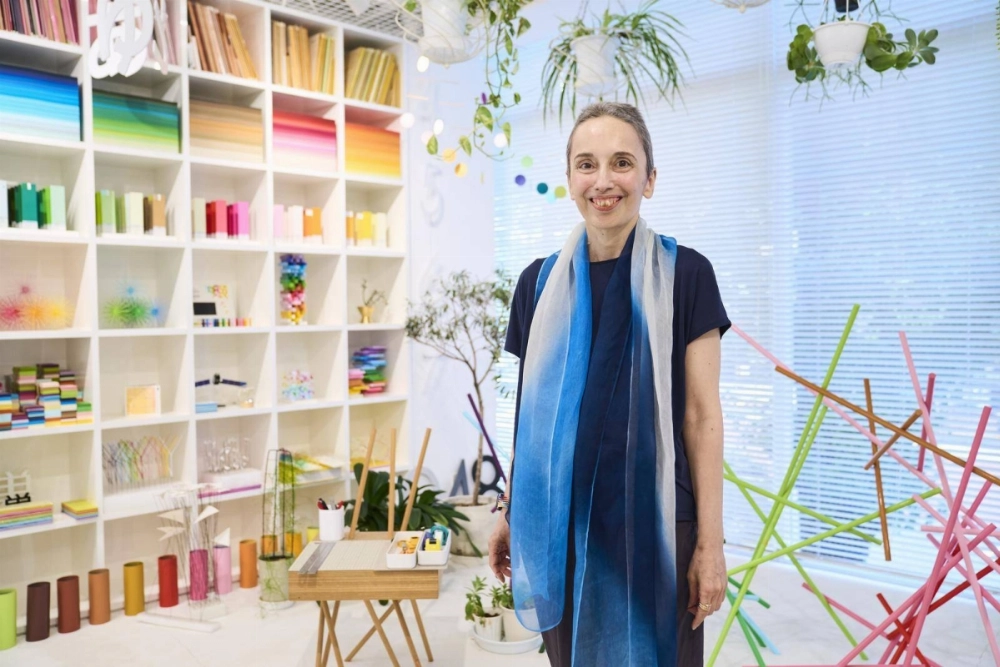This is a sponsored story, created and edited exclusively by Tokyo Metropolitan Government’s Tokyo Updates website.
Emmanuelle Moureaux is a French-born architect, artist and designer who works with beautiful colors. Her wide variety of artworks are based on an original design concept called shikiri which means "dividing and creating space through colors." Her "100 colors" series consists of 52 art pieces as of September 2024, installed in Japan and across the world, including "Forest of Numbers" in The National Art Center, Tokyo, and installations for Omotesando Hills, Uniqlo and Bulgari. "I never would have fallen in love with colors if I hadn't come to Tokyo," says Moureaux. What did she experience in Tokyo that gave birth to these warm cascades of color?


















With your current subscription plan you can comment on stories. However, before writing your first comment, please create a display name in the Profile section of your subscriber account page.